It’s good to stay updated on research, but it’s not always easy. Research on digital technology and humanitarian action can pave the way for the way we work – it’s why we want to know about it and share what we learn.
What better way than to take our questions directly to the people who are researching the subject? This week, we interviewed Andrea Düchting, non-resident fellow at the Centre for Humanitarian Action (CHA), on data and digital literacy, people's participation and data protection, based on this report.
Participation, Digital Literacy and Data Protection In Humanitarian Action
Key takeaways:
- Digital literacy is key for people to know how they want their personal data used
- Participation through digital technologies relies on knowing which communication tools people use
- For information to reach people, it’s best to use several communication channels
Why are data & digital literacy important?
Data and digital literacy enable people in humanitarian crises to make informed decisions on the way their data is used – in the same way that being informed in general can help you know what you’re consenting to.
“To claim data rights, people’s digital literacy is key.”
According to Andrea Düchting, “the crisis in Ukraine is particularly interesting because, in comparison to most of the humanitarian crises or contexts, they have a digital ecosystem in place. So people know how to navigate these tools and then can take decisions about the type of tools to be used and how they want to use it. And at the same time, they also know their rights, [...] and they can actually challenge the organizations to improve their structures and their systems in place.”
“The humanitarian crisis in Ukraine highlights the importance of digital literacy in enabling people to claim their data rights, take informed decisions, and engage digitally.”
How can technology increase people’s participation?
To strengthen the participation of affected people through digital technologies, it’s important to:
- Understand the context
- Diversify the channels of communication
Understanding the context involves "understanding the type of communication tools that are already being used", to ensure that people can access information as best as possible, but organizations may not go through the most widely used communication tools for "data protection reasons", because they consider these channels to be invasive of privacy.
Diversifying communication channels means mobilizing the variety of communication channels people use: offline and online tools, different online sources depending on the age… Andrea highlights the importance of “influencers” who are trusted within the community, “different representatives or peers who can spread the information”.
What is the challenge for data protection in humanitarian crises?
The challenge for data protection is to implement it in the country of action. It can be through:
- Having standardized guidance in the sector
- Gathering consent from individuals to ensure they make an informed decision about the collection of their data
- Having processes to delete the data collected after a period of time
- Organizations should invest in digital literacy amongst their middle management staff
“Digital technologies can effectively enhance participation of and accountability to affected populations, provided they are integrated into a longer-term digital transformation aimed at improving the humanitarian system.”
You can find Andrea Düchting’s full interview here.
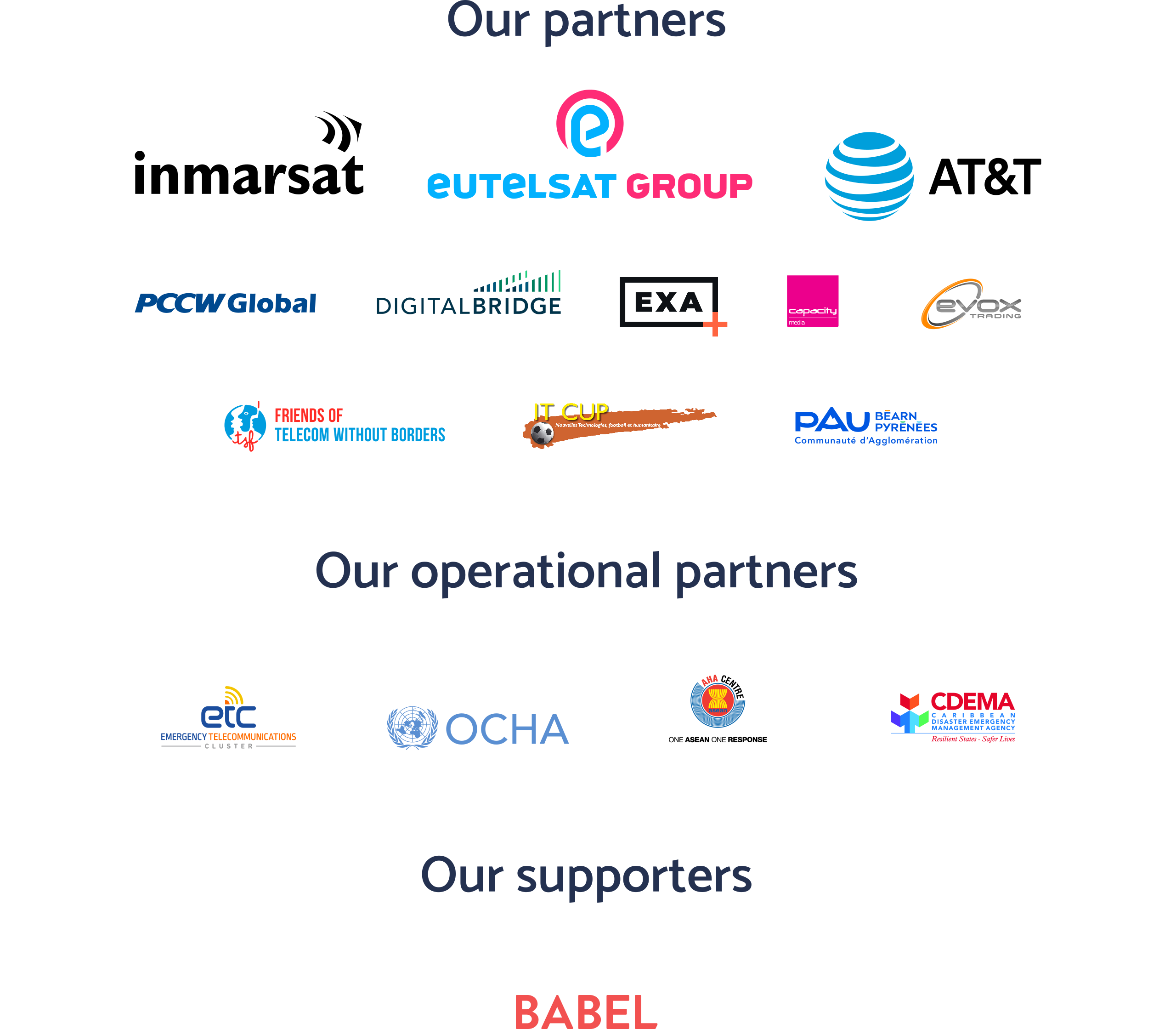





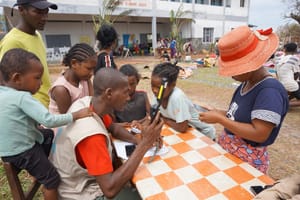
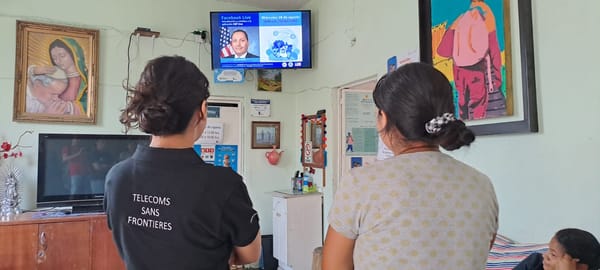
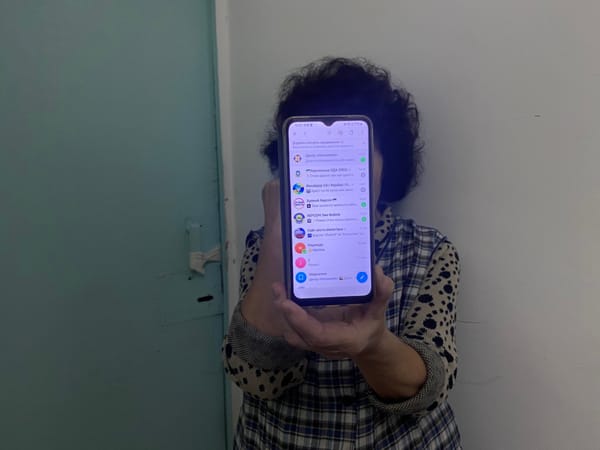

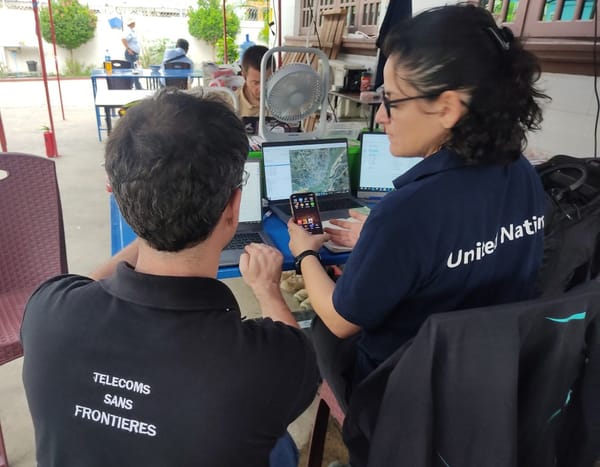
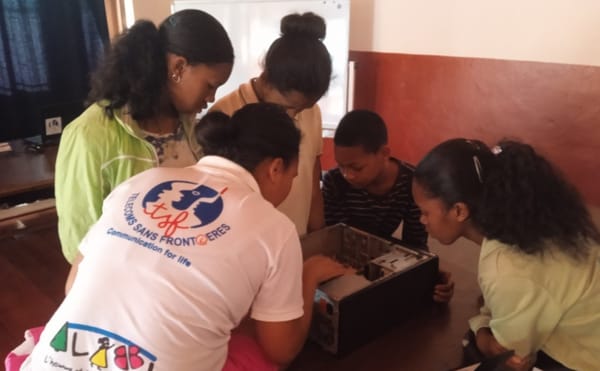
Member discussion